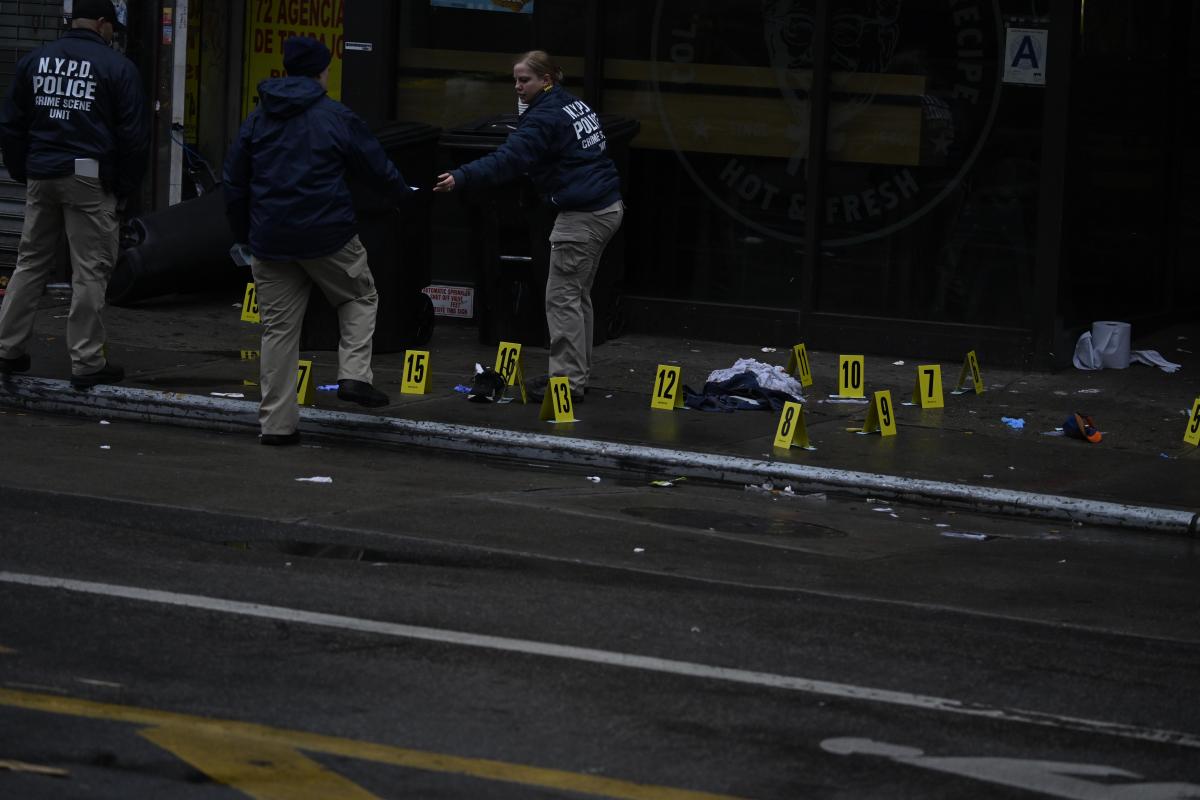By Tien-Shun Lee
A stretch of road used mostly by bikers and joggers in Cunningham Park and Alley Pond Park has recently been included in the National and New York Registers of Historic Places for being part of the first “high-speed” highway in the world ever to be constructed for automobiles.
A celebration ceremony featuring speeches by city and parks officials, guided tours of the parkway, and a display of antique cars will be held on Sunday beginning at 10 a.m. in Cunningham Park at 199th Street between 73rd Avenue and Union Turnpike.
“I’ve been pushing for it for 33 years. It’s been a long and arduous job, but at last we have the recognition, and I am very, very happy,” said Robert Miller, the parkway historian.
The original highway, officially named the Long Island Motor Parkway, functioned from 1908 to 1938. It was built by William K. Vanderbilt, Jr. and his family as a way of traveling quickly from their home in Fresh Meadows to Lake Ronkonkoma in Suffolk County.
“He wasn’t happy with the local routes. You couldn’t move on them,” said Marc Haken, the president of the Friends of Cunningham Park. “With this road, you could zip along at tremendous speeds compared to what you could do on crappy roads. It was like taking a Ferrari onto the New York state throughway — it just zooms right along.”
During the 1920s 150,000 cars, many of which were Ford Model T’s, traveled the road annually. The road was 16 feet wide, barely wide enough for two cars to fit side by side. It was a private, toll road made out of reinforced concrete.
“This was the pioneer road,” said Miller. “At one point there was more reinforced concrete in that one continuous strip than in the entire continental U.S.”
By 1938, other roads of equal quality had been constructed from Queens to Suffolk County, so Vanderbilt decided to turn over the portion of the parkway in Queens to the city of New York.
Today he only part of the road still in existence is an asphalt-covered piece that begins on 199th Street, goes through Cunningham Park, over four bridges which cross Francis Lewis Boulevard, Hollis Hills Terrace, Bell Boulevard and Springfield Boulevard, and a mile into Alley Pond Park, where it terminates in a dead end.
The idea to apply to be listed in the National and New York Register of Historic Places came up in 1998, after an application to have the roadway receive New York City landmark status was rejected. The Friends of Cunningham Park steering committee wanted the roadway to become a landmark so that it could not be modified without going through a lengthy approval process.
“The big advantage of being a landmark is that it can’t be altered. They can’t put a McDonald’s on it, they can’t franchise it out to someone,” said Haken.
Shortly after the landmark application was rejected, the Friends of Cunningham Park received a $4,000 grant from New York state to hire somebody to put together the 40-some page application to become listed in the state and national registers of historic places. The application, which took six to seven months to assemble, included photographs, documents, and paperwork documenting the entire history of the parkway, included technical information such as elevations of the roadway.
One of the advantages of being registered as a historical site is that the roadway may be able to qualify for some preservation funding. Another advantage is that the public will become more aware of the roadway’s heritage.
“It’s not just a giant park path, but this is actually the world’s first motorway, designed and built as such,” said Miller.
In the next few months, Cunningham Park officials plan to place signs along the roadway explaining the historical significance of the parkway. In addition, the Friends of Cunningham Park intend to reapply to the city for landmark status.
Key parks and city officials who are expected to attend the park’s celebration on Sunday include state Parks Commissioner Bernadette Castro, who will present a certificate, City Councilman David Weprin and Assemblyman Mark Weprin. Miller and park rangers will give guided tours of the parkway. Those who do not wish to walk can ride a trolley, which will be loaned to the Friends of Cunningham Park from Flushing Meadows Corona Park.
“The general public is certainly welcome to come,” said Martin Olesh, secretary of the Friends of Cunningham Park. “People who are interested in automobiles, car buffs, would certainly enjoy the day.”
Reach reporter Tien-Shun Lee by e-mail at Timesledgr@aol.com or call 229-0300, Ext. 155.





























